Stories That Work: Short Story Collections
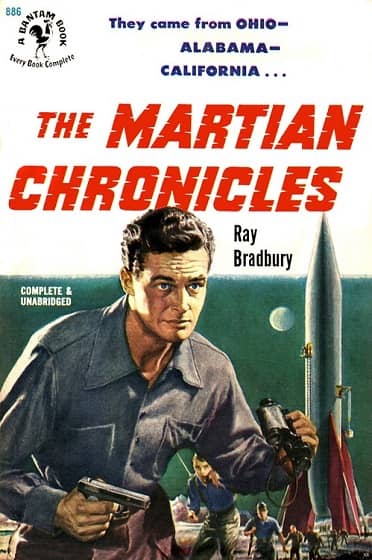 |
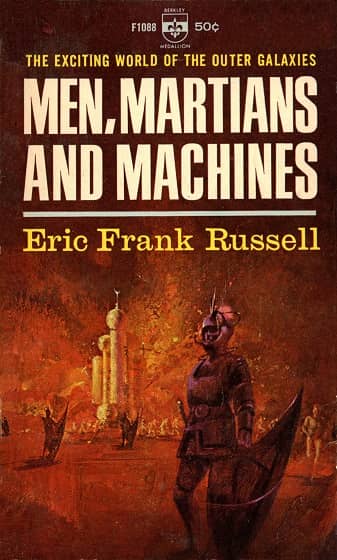 |
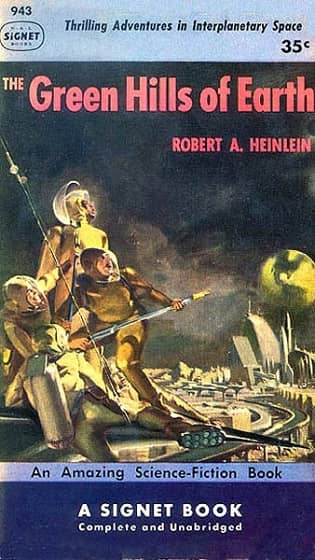 |
Normally I look at a couple short stories that have caught my eye since my last article, and then dive into them for a closer look. But in these stay-at-home times I realized how important short stories are in my reading life, and how short story collections are often my favorite pastime.
Like many of you, I became a recreational reader early on. My school desk always had science fiction tucked inside that I would sneak peeks at every chance I could. Some teachers just let me read. They must have decided that a book kept me still and quiet. It’s illuminating to consider my introductions to Robert Heinlein, Isaac Asimov and Madeleine L’Engle happened during math or social studies lessons at East Elementary.
As much as I loved books, though, the idea of writing stories didn’t come to me until I read Ray Bradbury’s The Martian Chronicles. There was no way I could write a book! A two-page essay on Abraham Lincoln took an entire weekend (and I didn’t choose the topic), but those short stories that Bradbury wrote, the ones that made me cry and laugh and tied my heart with emotions I didn’t even knew existed, might just be possible to finish. Heck, “Rocket Summer” was only 228 words long. I could write a story that short.
More than that, Bradbury turned me onto enjoying short stories. From The Martian Chronicles, I went to The Illustrated Man, R is for Rocket, S is for Space, and I Sing the Body Electric. I’m glad I didn’t discover The Small Assassin at that time. The trajectory of my writing career might have careened differently.
I carried the short story reading habit into adulthood, and now that I’m retired AND locked into the house, nothing delights me more than diving into a good collection. Some people love getting tied into a huge narrative (Game of Thrones anyone?), and sometimes I’m in that mood too, but an exclusive novel diet loses the charm of a short story aperitif.
So, for bibliophiles looking for good short story collections, here is my eccentric list of books with stories that work.
From my first reading, the aforementioned Bradbury titles, of course. He is practically timeless. He can be Hemingwayesque, or he can be (and often is) lush and poetic. He wrote people stories in science fiction settings that redefined what a science fiction story could be. Along the way, he also wrote fantasy, horror, fantastic realities, and stories that can’t be niched anywhere.
Eric Frank Russell’s’ Men, Martians and Machines delivers what is now classic science fiction with four, action-driven stories about a mixed-species space ship crew and their various adventures. When I finished this collection, I immediately returned to the first page and began it again.
Robert Heinlein’s The Green Hills of Earth. The title story gave me poetry that I liked for the first time in my life (I might have been twelve), but it’s also a definitive introduction to Heinlein’s style and themes. It’s true that Heinlein has not aged particularly well — he was a representative of his time — but he knew how to engage a reader in conflict and ideas.
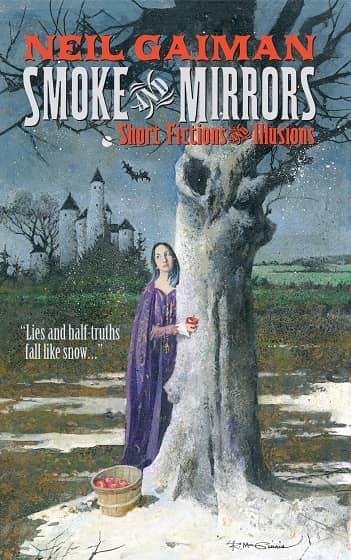 |
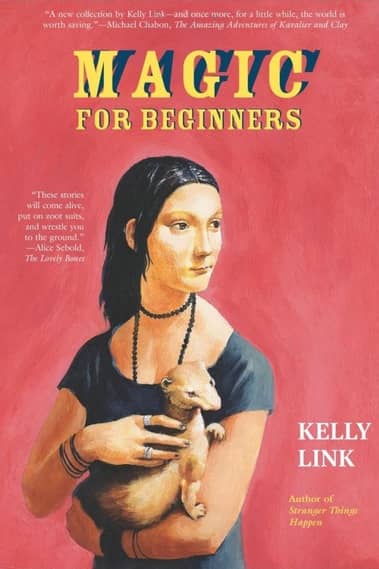 |
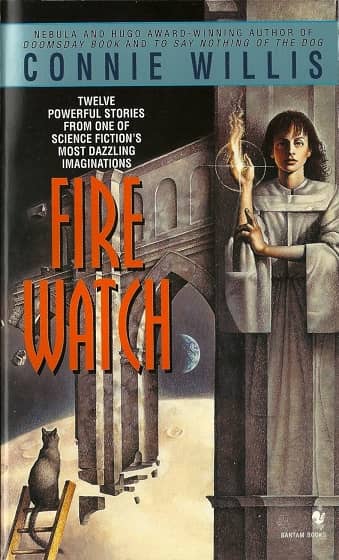 |
From my adult reading, collections that stand out include these gems:
Neil Gaiman’s Smoke and Mirrors. Gaiman has made his reputation with novels like American Gods and Neverwhere, but he’s at his punchiest when he writes short. Smoke and Mirrors also contains poetry, but what I like best about him is his utterly confident prose. He tells whimsical stories with such momentum that he’ll have you suspending disbelief at a dozen things in the time a less-capable author would take to do one.
Kelly Links’ Magic for Beginners. The opening story, “The Faery Handbag,” shows you everything that Link does right. The concept of Grandmother Zofia’s handbag is fantastic, but Link anchors it to a believable world and a steady, observant narrator. More than anything else, I think, Magic for Beginners demonstrates the importance of narrative voice. You buy what these characters are selling.
Connie Willis’ Fire Watch is the first of a series of extraordinary collections. The title story introduces readers to the world of WWII England that she expands on in her novels, Blackout and All Clear, while the rest of the book showcases some of her earlier works. Since this first collection, she has released several others, all well worth reading, but if you just want to mainline her, pick up Time is the Fire: the Best of Connie Willis, which contains only her Hugo and Nebula winning short fiction.
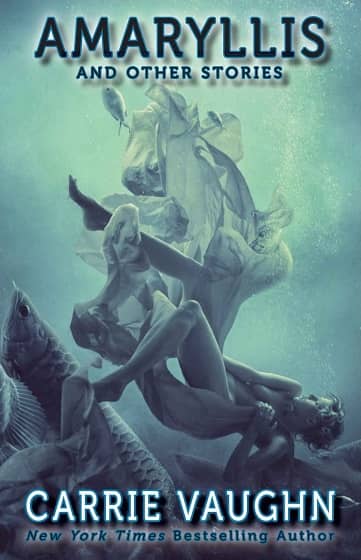 |
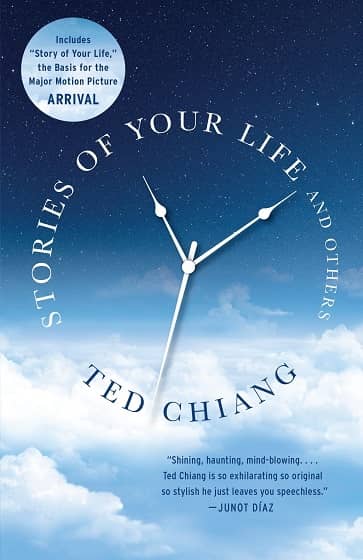 |
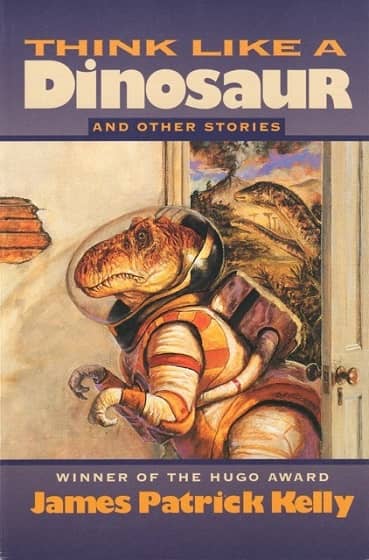 |
Carrie Vaughn’s Amaryllis and Other Stories. Like Neil Gaiman, Vaughn is best known for her longer works. Her New York Times best-selling novels in the Kitty Norville universe give her wide recognition, but my introduction to her came through her short fiction, where she displays a wide range of investigations into science fiction and fantasy tropes that she manages to turn on their heads. Start with “A Hunter’s Ode to His Bait.”
Ted Chiang’s Stories of Your Life and Others. For many writers, Chiang has been a bit of a mystery. How is it that he only writes stories that win awards? Where’s his mediocre stuff? Did he not have an apprenticeship? For readers, the fear has to be that he will someday write a novel, because his short stories are so mind-blowing that no human intellect could withstand the cumulative effect of a book-length piece from him. Hyperbole aside, Chiang’s stories are meticulously crafted explorations into fascinating ideas that most readers had not considered before they read his work, and can’t stop thinking about after.
An article like this could go on a long time. I haven’t mentioned James Patrick Kelly’s Think Like a Dinosaur and Other Stories, Michael Swanwick’s The Best of Michael Swanwick, Paolo Bacigalupi’s Pump Six and Other Stories, N.K. Jemisin’s How Long ‘til Black Future Month?, Cat Rambo’s Eyes Like Sky and Coal and Moonlight, Ursula le Guin’s The Unreal and the Real, or Charles de Lint’s The Very Best of Charles de Lint.
These are just single-author collections. The list becomes encyclopedic if I went into multi-author anthologies.
Somebody once said that the short stories are the heart of science fiction, that they are the experimental laboratory where ideas come to life. That may be true, but my argument is that short stories in your reading diet will help to keep you whole. They are food for thought, and nutrition for the soul. And, if nothing else, they will entertain and divert you in these strange times in the hours you’re not in restaurants or theaters or shopping malls.
And just for a taste, if you haven’t read it before, the complete text for Neil Gaiman’s “How to Talk to Girls at Parties” is available at his website. You could be reading it right now!
James Van Pelt lives in western Colorado. He has published five collections of short fiction — including Strangers and Beggars (2002), The Last of the O-Forms & Other Stories (2005), and The Experience Arcade and Other Stories (2017) — and two novels, Summer of the Apocalypse (2006) and Pandora’s Gun (2015), all with Fairwood Press. His last Stories That Work article for us looked at fiction from Abyss & Apex.
Thanks so much for this article! I’ve always had it in the back of my head that you are a Bradbury fan (as am I), probably from a comment somewhere on the internet. When I read one of your own stories, I always keep this in mind and enjoy them all the more.
As for Ted Chiang, his secret is that he spaces them out. He is a godsend — a writer lazy slobs like me can actually keep up with!
Thanks for the comment. When I was ten or so, I told my mother I wanted to grow up to be a Ray Bradbury, like Ray Bradbury was a job.